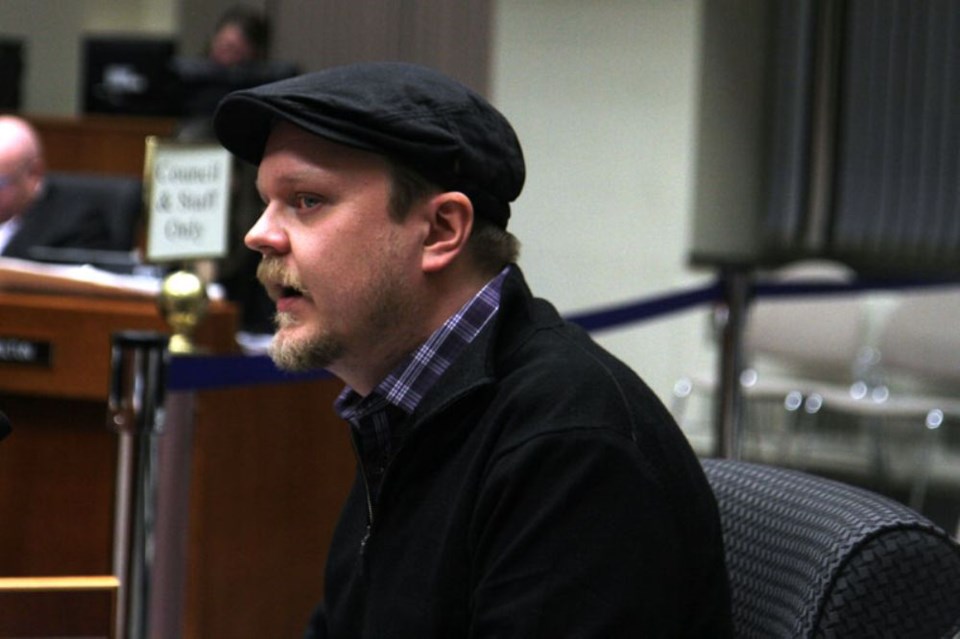THUNDER BAY -- The city should count its homeless, get more technology into the hands of low income families and subsidize bus fare for those who need it.
Those are the recommendations form the Thunder Bay and District Poverty Reduction Strategy's annual update. Coordinator Saku Pinta said while there are longterm goals, like affordable housing, necessary the city needs other levels of government to help. If implemented, the three recommendations are ways the city alone could make a difference. Helping people afford transit for example could help in ways that the strategy hasn't even thought of.
"I would argue you would see benefits in other areas,” Pinta said.
Coun. Aldo Ruberto said he not only wants the city to implement the idea but also try to report the positive results.
"What are we doing and how are we helping these people," he said.
"Maybe getting to a job, an interview, somewhere... at some point we have to look at the fact that there are people who can’t afford to keep taking the bus."
As Canada is one of the only developed nations without a poverty line, Pinta used the low income measure of $21,000 to show around 15,000 people were in poverty in Thunder Bay.
While relative poverty, those who can't afford based on Canada's standards, are slightly on the rise in the city, those in absolute poverty, at risk of harm, is dramatically increasing he said.
He also pointed out that a living wage, for a family of four assuming no debt, in Thunder Bay is around $30,000 according to the Canadian Centre for Policy Alternatives calculations.
Counting the city's homeless, taking point-in-time snapshots twice a year, would run about $5,000 but could help the city a lot in terms of understanding its homeless population Pinta said.
As for technology, an e-waste recycling program could help get older computers and other devices to people who could use them he said.
